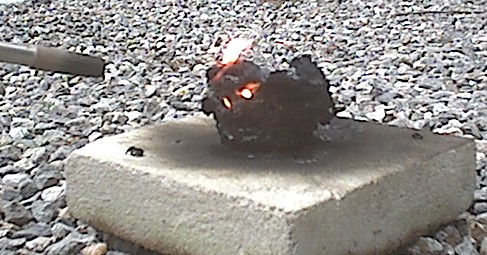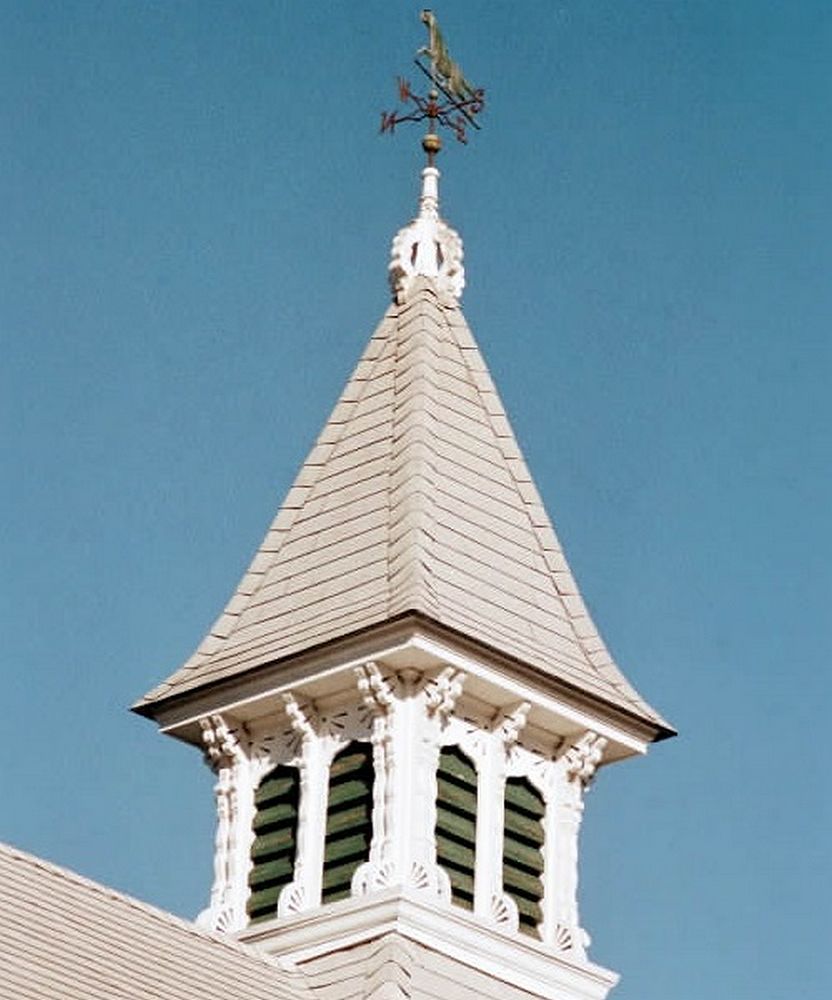
EPOXY SYSTEM CHEMISTRY
Novolac Epoxy Resin and High Temp Epoxies
Basic information about novolac epoxies and high temperature epoxy resin
Your Host and Tour Guide:
Paul Oman, MS, MBA - Progressive Epoxy Polymers, Inc. (floor epoxies, marine epoxies, underwater epoxies, repair epoxies)
Member: NACE (National Assoc. of Corrosion Engineers), SSPC (Soc. of Protective Coatings)
"Professionals helping Professionals"
PROGRESSIVE EPOXY POLYMERS, INC.
|
PAGE AND SITE NAVIGATION |
|||||||||||||||||||||||||||||||||
Epoxy Education Links Page ====> This 'Linked To' Epoxy Sub-Page
No Sales Tax applied. Save Money, you're shopping in Tax Free New Hampshire
MEMBER: Internet Epoxy Confederation (IEC - CLICK HERE TO VISIT) -- "Where Professionalism Still Matters"
We've been selling epoxy - marine epoxy (boat building - wood / fiberglass repair) industrial coatings - garage paint - underwater epoxies - thick putties - tabletop resins and supplies since the early 1990's |
Epoxy Floor Section in our online catalog - CLICK HERE
|
Why You Don't Want, Or Need, A Cycloaliphatic Epoxy Floor Paint |
Novolac and high temperature epoxies are a small niche of epoxies in general. It's hard to find information about these two subgroups other than what can be discerned from the product descriptions of these kind of products, hence the creation of this page, which can be assumed to be a work in progress.

Novolac Epoxies
Novolac epoxies are formulated with Bis F or novolac epoxy resins (as compared to 'ordinary' Bis A epoxy resins).
Novolac epoxies provide an increase in chemical resistance over regular epoxies. This increase is about 30%. Epoxy
chemical resistance to sulfuric acid, as example, increases from about immersion service at 70% concentration to
immersion service at 98% concentration. Resistance to heat also increases.
Progressive Epoxy Polymers, Inc. sells NOVOLAC 555,
(40 oz kit) a
general purpose novolac epoxy paint. Find in the epoxy paint section of our online catalogs.
We really appreciate you visiting PROGRESSIVE EPOXY POLYMERS, INC. and our web site: EPOXYPRODUCTS.COM. Take advantage of the CONTACT links on this page to ask questions about our products and/or your projects. You can stay in touch with us via our NEWSLETTER (link on our contact page) which is emailed every 6-8 weeks.
This current page is all about:
|
|
WOW! 35% - 40% of all daily online or telephone orders are from existing customers. That's an amazing 'REPEAT CUSTOMER" number. |
|
603 - 435 - 7199 ANYTIME 24/7 FOR HELP OR ORDERS |
|
|
|
|
High Temperature Epoxies
temperature ranges of epoxies:
Generally regular epoxies (Bis A epoxies) can handle constant or repeated temperatures of about 160 -170 degrees F in dry conditions and about 140 - 160 degrees F in wet conditons. They can handle 300 degrees F on a non regular basis. This is called service temperature.
Generally 'high temperature epoxies' can handle constant or repeated temperatures of about 300 - 350 degrees F
in dry conditions and about 250 - 300 degrees F in wet conditons. To achieve this they need a few hours of additional
curing at temperatures of about 130 - 150 degrees F to complete their curing process which began (and get the epoxy
hard) at room temperature. This is called a post cure.
Most high temperature epoxies are made from high quality, Novolac (part A) resins with hazmat shipping restrictioned
curing agents (part B) or regular Bis A epoxy resin (part A) with a special hazmat, high temperature curing agents
(part B). There are other 'blends' and something called Bis F epoxies that are also sometimes used to formulate
high temperature epoxies. Note that the non-hazmat shipping based curing agents do not have temperature resistance.
You can have high temperature resistance or chemical resistance but not both. As you raise the temperature chemicals become much more reactive and the even the most chemical resistant epoxy will fail chemically at elevated temperatures.
Epoxy data sheets list either a 'heat distortion temperature' or a 'T sub g' temperature. They are similar but not same. Basically both give an indication of the point where the epoxy begins to soften (it will harden up when the epoxy cools down). The temperature varies some from epoxy to epoxy but generally for a regular (bis A) epoxy the temperature is about 140 degrees F. For high temperature epoxies the initial value is about 125 degrees F but after a post cure of several hours at about 150 degrees F, the new heat distortion temperature is about 160 degrees F. Consider these temperatures as the point where the epoxy will begin to soften when under a load. This is different from the maximum 'service' temperature of these epoxies.
We only sell one novolac epoxy - NOVOLAC 555 -
FOR MORE INFORMATION AND DETAILS VISIT OUR CHEMISTRY OF EPOXIES
PAGE
Presented by Paul Oman/Progressive Epoxy Polymers, Inc.
CONTACT INFO - ORDERING - HOW TO REACH US
######
Epoxy subject/index site - CLICK
HERE
Link to Chemistry of Epoxy Page
Epoxy Only Web Google Search
#1) Google
Everything Epoxy Searches
#2) Google
Marine Epoxies Searches
#3)Google
Floor Epoxy Searches View
our Progressive Epoxy Products, Inc.

 |
 |
 |
||
|
site master |
protagonist |
ground zero |
|
Progressive Epoxy
Polymers, Inc.
|
|
|
|
Frog Pond Hollow48 Wildwood DrivePittsfield, NH 03263
|
|
Home of the Annual Pittsfield Balloon Rally
|
|
|
|
|